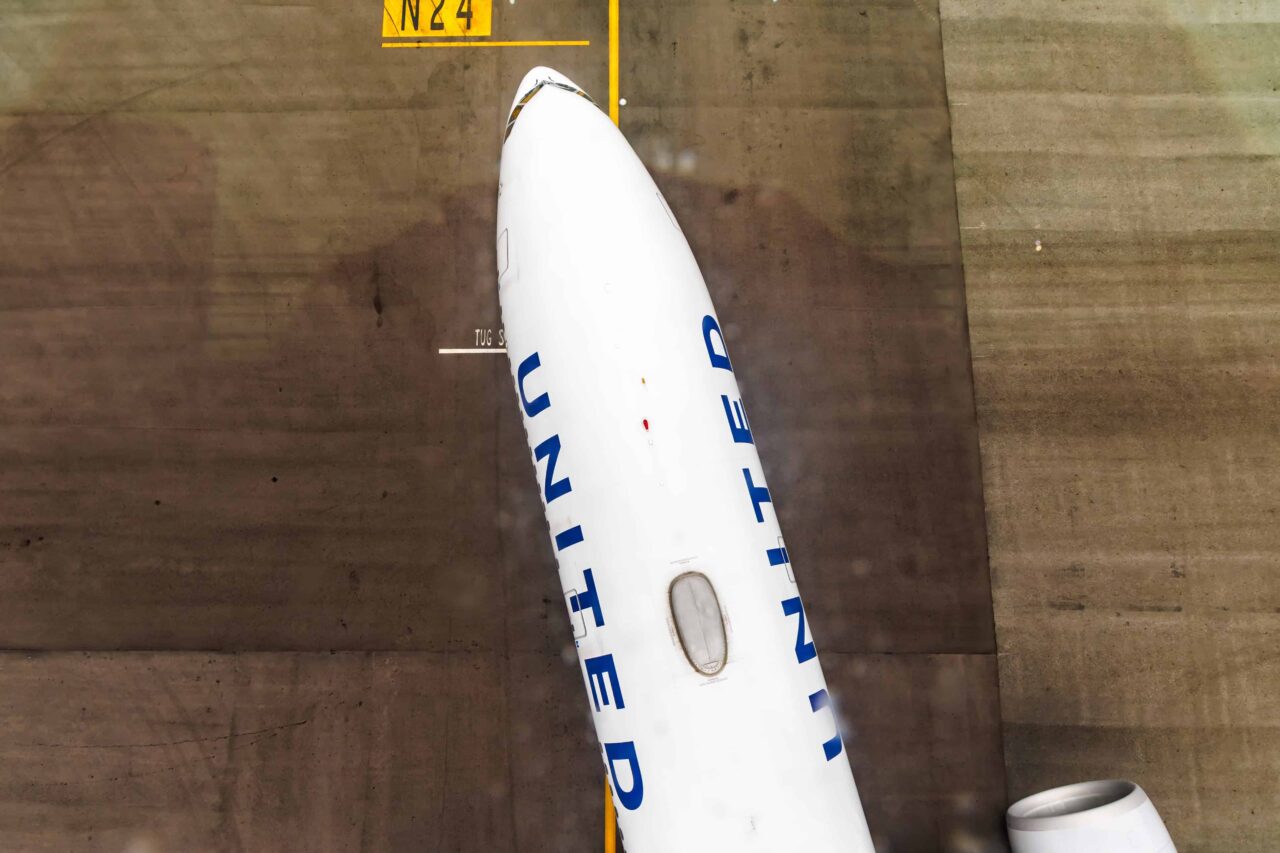Sustainable Tourism: Managing the Impact of New Routes

It's time for new frontiers, getting off the beaten path and exploring unexplored territories.
United Airlines has announced its largest international expansion to date, set to launch in the summer of 2025. This move could significantly impact tourism patterns and present both opportunities and challenges for affected Destination Marketing Organizations (DMOs). Travel and tourism marketing strategies will need to evolve to address these changes.
By making the unknown known, United's new routes may unintentionally erase the very mystery that attracts adventurers.
Catering to Adventure Seekers
United Airlines has announced its largest international expansion yet — adding eight new destinations and 13 new routes. These additions will increase its international capacity by 15% compared to last summer.
The new destinations are:
- Ulaanbaatar, Mongolia
- Nuuk, Greenland
- Palermo, Italy
- Bilbao, Spain
- Kaohsiung, Taiwan
- Madeira Island, Portugal
- Faro, Portugal
- Dakar, Senegal
This expansion adds over 100 new weekly flights across the Atlantic, bringing United's total to more than 760 weekly transatlantic flights.
United is focusing on unique, experience-driven destinations rather than traditional European hotspots. This approach differs from competitors like American Airlines and Delta Air Lines, which continue to concentrate on popular European cities.
The airline aims to be the go-to carrier for travelers seeking off-the-beaten-path experiences. United will now serve 40 international routes that no other major U.S. carrier operates, using a mix of wide-body and narrow-body aircraft.
To support this expansion, United has partnered with local tourism boards in several new destinations. For example, the airline is working with Visit Greenland to promote sustainable tourism in Nuuk and collaborating with the Mongolian Tourism Association to develop responsible travel guidelines for Ulaanbaatar visitors.
Impact on Sustainable Tourism and Overtourism
United Airlines' expansion into unique, less-traveled destinations presents a complex dilemma for sustainable tourism and overtourism: the desire to explore new places versus the need to protect them.
On the one hand, this expansion could be a solution to overtourism in popular destinations. By creating accessibility across a wider range of locations, it could potentially reduce the strain on over-visited hotspots. This dispersion of tourism could lead to more equitable economic benefits across different regions and cultures.
Conversely, there's a risk of creating new overtourism problems in previously untouched areas. These new destinations may lack the infrastructure, policies and experience to handle a sudden influx of visitors sustainably. This creates a risk of repeating the same conditions that led to overtourism in more established destinations.
This expansion accelerates the ongoing debate in tourism about balancing exploration with preservation, economic development with sustainability and global connectivity with local authenticity. It challenges the industry to find innovative ways to manage tourism growth that benefit both travelers and destinations without compromising the integrity of these unique places.
For a deeper dive into how tourism affects developing destinations, check out our Q&A on the impact of tourism in Nepal with Mani Lamichhane, Director of the Nepal Tourism Board.
Balancing Act: The DMO's Dilemma
DMOs face challenging decisions that often pit competing interests against each other: economic boost vs. environmental strain, accessibility vs. overcrowding, development vs. preservation and maintaining a destination's allure while managing its popularity.
A new designation for a natural area, a location is featured prominently in a popular movie or TV show, or transportation infrastructure changes (United wants to fly to your country?), can make a short and long-term impact on a destination quicker than plans can be enacted.
To navigate these complex issues, organizations can employ several key strategies from the DMO's marketing tool kit:
- Collaborate with stakeholders: Bring together local voices to create community-backed tourism plans. Form a coalition with residents, businesses and environmental groups to meet regularly.
- Manage visitor flow: Control crowds and protect sensitive areas to address overtourism. Use timed entry systems or promote off-peak visits to spread out tourist traffic.
- Monitor and adapt: Use data to make decisions and improve tourism strategies over time. Track key indicators like visitor numbers, local sentiment and environmental impact to guide policy changes.
- Educate visitors: Boost experiences while encouraging responsible behavior and cultural respect. Develop mobile apps or guided tours that share local knowledge and promote sustainable practices.
- Benefit local communities: Create programs that ensure tourism helps, not harms, residents. Set up tourism taxes or voluntary contribution schemes to fund local projects or job training programs.
A Call for Innovation
United's expansion highlights the evolving challenges in tourism. For DMOs, it's a chance to rethink strategies and prioritize sustainability. Success lies in balancing growth with preservation.
Need help navigating these changes? Contact Noble Studios. Our team of travel marketing experts can help you develop strategies that embrace new opportunities while protecting your destination's unique character.
Contact Noble Studios to learn more about our tailored solutions for DMOs.